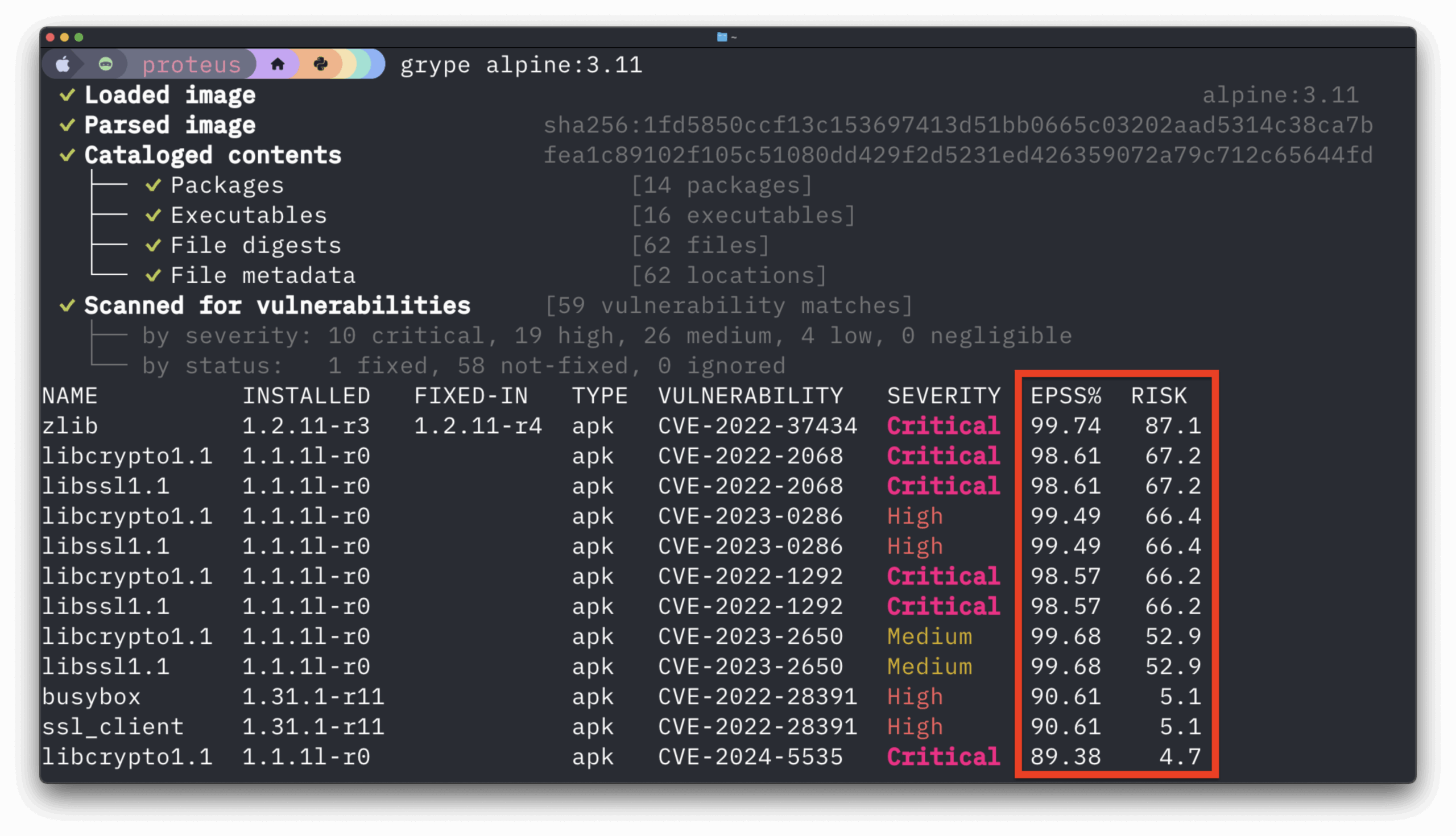The most recent open source release of Anchore Engine (0.5.1), which is also available as part of Anchore Enterprise 2.1, added support for Google Distroless containers. But what are they and why is the addition notable?
When containers were first starting to be adopted, it was natural for many users to think of them as stripped-down virtual machines which booted faster. Indeed, if you look at the container images published by the operating system vendors, you can see that in most instances they take their stock distribution and remove all the parts they consider unnecessary. This still leaves images that are pretty large, in the hundreds of megabytes, and so some alternative distributions have become popular, notably Alpine which based on Busybox and the MUSL C library had its roots in the embedded space. Now images can be squeezed into the tens of megabytes, enabling faster build, downloads and a reduced surface area for vulnerabilities.
However, these images still ape VMs, enabling shell access and containing package managers, designed to let users grow and modify them. Google wanted a different approach that saw a container image as essentially a language runtime environment that was curated by the application teams themselves. The only thing that should be added to it was the actual application itself. The resulting family of images known as Distroless are only slightly larger than thin distros like Alpine but, by contrast, have better compatibility by using standard libraries (e.g. libc rather than MUSL).
As Google Distroless images are based on Debian packages, Anchore is now able to scan and report on any security findings in the base images as well as in the language files installed.
The images are all hosted on the Google Container Registry (GCR) and are available with Java and C (with experimental support also available for Python, NPM, Node and .Net). We can add them using the regular syntax for Anchore Engine on the CLI:
anchore-cli image add gcr.io/distroless/java:11
Being so small, the images are typically scanned in a minute or less. Using the Anchore Enterprise GUI, you can see the image is detected as being Debian:
Looking at its contents, you can see the image has very little in it – only 19 Debian packages, including libc6:
As standard Debian packages, Anchore can scan these and alert for any vulnerabilities. If there are fixes available, you can configure Anchore to trigger a rebuild of the image.
There is only one warning generated on the image by the standard Anchore policy which relates to the lack of a Dockerfile health check but other than that, this image – given its lean nature, is vulnerability free.
If you are using a compiled binary application like Java, another new feature allows you to add the hash of the binary to the Anchore policy check which means you can enforce a strict compliance check on every build that goes through your CI/CD. This will ensure that literally no other modifications are being made to the base images other than the application being layered on top.
For users who still need access to a shell for debugging or viewing locally stored log files, they may still prefer to use Alpine or other minimal ages, but or those fully vested in the cloud-native deployment model where containers conform to 12-factor best practices, Google Distroless images are a great asset to have in your development process.
You can find more information about Google Distoless on GitHub and existing users of both Anchore Engine or Anchore Enterprise just need to download the latest version to enable support.





